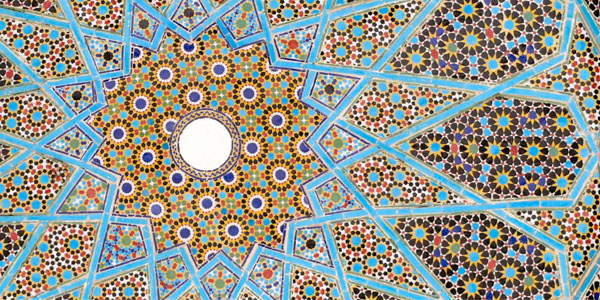wld@mtsac.edu
(909) 274-7500
World Languages
The Department of World Languages encourages global awareness and intercultural understanding by offering instruction in eight modern languages: Arabic, Chinese, French, German, Italian, Japanese, Korean, Spanish and Linguistics. As the culture and economy of the United States become increasingly diverse and integrated with the world, the knowledge of a language other than English is developing into a highly sought after professional qualification and a valuable life skill.
Culture Courses
(Classes are conducted in English)
Explore the richness of global cultures in our French, German, Italian, Japanese, Korean, and Spanish culture courses. Using iconic cinemas, food, or anime/manga, you'll delve into each culture's history, traditions, and societal values. Immerse yourself in storytelling, culinary traditions, and visual artistry while gaining a deeper appreciation of the world’s diverse cultural tapestry.
World Language Programs
Spotlights(More Spotlights)
Academic Support
The World Language Department works in collaboration with the Academic Support and Achievement Center (ASAC) and the Language Learning Center (LLC).
Scholarships
The World Language Department offers different scholarships for students who intend to continue studying language and culture at a four-year institution.
Study Abroad
Mt SAC offers semester and short-term faculty-led study abroad programs in Europe and Asia. Students can earn credits taught by Mt SAC or Callifornia community college faculty while in abroad. For more information, visit the Mt SAC Study Abroad Office webpage.
Our Professors
-
Serena Ott
Professor, Italian & Latin Language, Linguistics Department Co-Chair -
Keiko Tsurumi
Professor, Japanese
Department Co-Chair
















